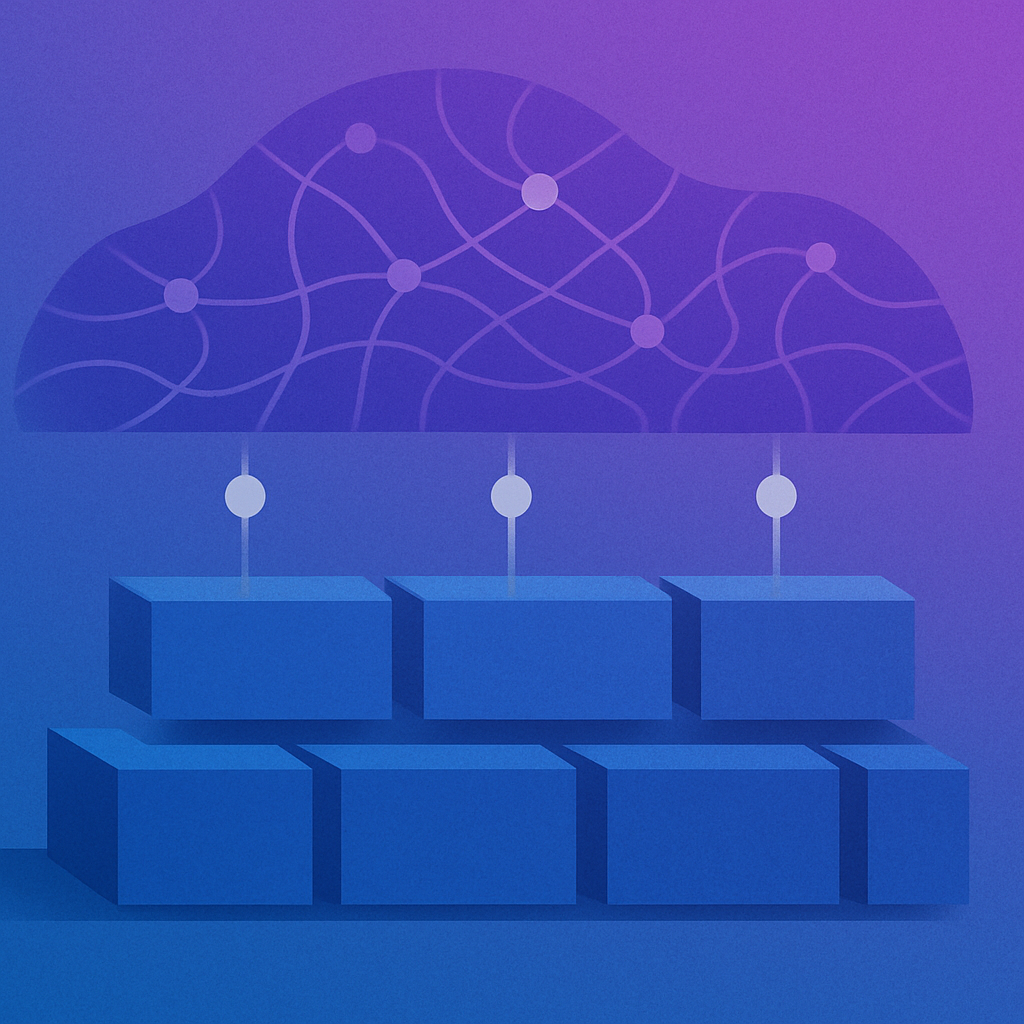Dual-Stack Engineering Organizations: Navigating the AI Era

Howard Ekundayo
April 26, 2025

Traditional engineering organizational models are facing unprecedented pressure as AI capabilities transform software development. After leading teams at OpenAI, Google, and Netflix through various stages of AI integration, I've observed a consistent pattern: organizations that thrive don't simply add AI to existing structures—they fundamentally reimagine their operating model. The most successful approach isn't choosing between traditional engineering rigor and AI-powered innovation, but rather deliberately constructing what I call a "dual-stack" engineering organization.
This dual-stack model maintains two distinct but deeply interconnected operational modes within a single engineering organization. The first stack operates with high stability, emphasizing careful planning, thorough testing, and predictable release cycles. This foundation provides the reliability, security, and maintainability that business-critical systems require. The second stack prioritizes exploration velocity, enabling rapid experimentation with emerging AI capabilities through streamlined processes, minimal governance layers, and aggressive acceptance of controlled technical debt.
"The engineering leaders who thrive in the AI era won't be those who choose between innovation and stability, but those who deliberately architect organizations capable of operating at two speeds simultaneously."
Structural Principles for Dual-Stack Organizations
The dual-stack model requires specific structural considerations to function effectively. First, create intentional interfaces between the two operational modes rather than attempting full integration. At OpenAI, we established clear contracts and handoff protocols for transitioning capabilities from exploration to production. Second, develop shared infrastructure that supports both modes while enforcing appropriate guardrails. This common foundation—spanning everything from development environments to deployment pipelines—reduces cognitive overhead for engineers while maintaining necessary separation between exploration and production concerns.
Cross-pollination of talent becomes critical in this model. While some engineers naturally excel in either exploration or production contexts, the most valuable team members develop fluency in both operational modes. At Google, our most effective leaders rotated through both stability-focused and innovation-focused teams, building the contextual understanding and versatility needed to bridge these worlds. This talent mobility also prevents the common pitfall of having "two classes" of engineers, where one group is perceived as more valuable or cutting-edge than the other.
Success in this model requires new metrics and execution frameworks. Traditional progress tracking mechanisms often break down when applied to AI-accelerated development. At Netflix, we developed a dual-lens approach to measurement: the stability stack focused on reliability metrics, architectural integrity, and user-facing quality measures, while the exploration stack prioritized hypothesis validation velocity, iteration cycle time, and novelty measurements. This explicit recognition that different parts of the organization should optimize for different outcomes prevents the most common source of friction in evolving engineering organizations.
Implementing the Transition
Transitioning to a dual-stack model requires deliberate sequencing. Begin by identifying which parts of your engineering organization would benefit most from accelerated exploration versus enhanced stability. This separation should be capability-based rather than product-based—a single product might have components in both stacks. Next, establish the shared infrastructure and interfaces between the two operational modes before making organizational changes. This technical foundation creates the conditions for successful structural evolution.
The most challenging aspect of implementation is navigating the cultural transition. Engineering leaders must explicitly validate both operational modes, ensuring neither is seen as secondary or less valued. This requires consistent messaging about how both stacks contribute essential value through different means. Compensation structures, promotion criteria, and recognition systems must be carefully calibrated to prevent unintentional bias toward either operational mode. The organizations that struggle most with this transition are those that implicitly favor one mode while claiming to value both equally.
Learn more about this article
The AI assistant uses the content of this article to provide relevant answers. Information may not be 100% accurate.
Powered by claude-opus-4-20250514